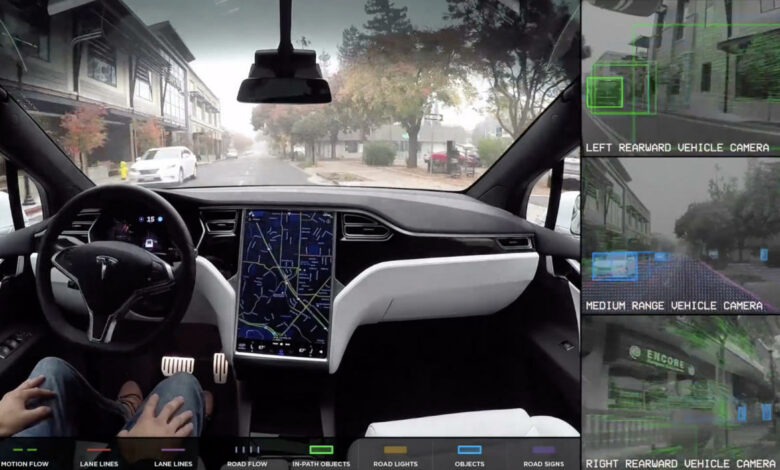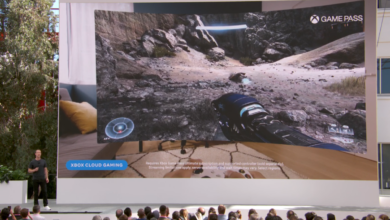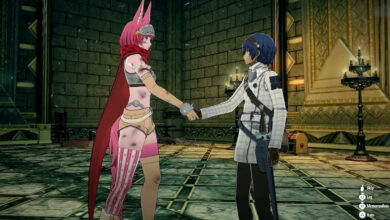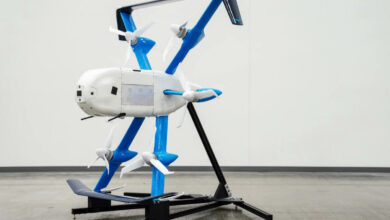Tesla settles lawsuit over fatal Model X crash that killed an Apple engineer

Back in 2019, the family of Apple engineer Wei Lun Huang (aka Walter Huang) sued Tesla a year after he was killed when his Model X crashed into a median in Mountain View while Autopilot was engaged. That case is officially closed, now that the automaker has settled the lawsuit on the very day jury selection was supposed to take place. According to CNBC and The New York Times, Tesla’s lawyers asked the court to seal the settlement agreement so that the exact amount the company paid wouldn’t be made public. The company didn’t want “other potential claimants (or the plaintiffs’ bar) [to] perceive the settlement amount as evidence of Tesla’s potential liability for losses, which may have a chilling effect on settlement opportunity in subsequent cases.”
Tesla confirmed shortly after the accident that Autopilot was switched on at the time of the crash, but it also insisted that Huang had time to react and had an unobstructed view of the divider. In a statement to the press, the company insisted that the driver was at fault and that the only way for the accident to have occurred was if Huang “was not paying attention to the road, despite the car providing multiple warnings to do so.” In the lawsuit, Huang’s lawyers pointed to Autopilot marketing materials from Tesla suggesting that its cars are safe enough to use on the road without drivers having to keep their hands on the wheel at all times. We took the image above from a video on Tesla’s Autopilot page, showing a driver with their hands on their lap.
The incident became big enough to attract the attention of the National Transportation Safety Board (NTSB), which conducted an investigation and found that Huang previously reported that the car steered away from the highway on prior trips. In fact, his family said that he used to complain about his car swerving towards the exact barrier he crashed into and had even reported it to the Tesla dealership, which couldn’t replicate the issue. The agency also concluded that Tesla’s collision warning system didn’t alert the driver and that its emergency braking system didn’t activate as it should have when the car started making its way toward the barrier.
That said, the NTSB discovered, as well, that Huang was running a mobile game on his phone at the time of the accident. It just couldn’t determine whether the phone was in his hands when the crash occurred. The Times said Tesla was preparing to show proof to the court that Huang was playing a game when he crashed, which his lawyers denied. Regardless of who’s truly at fault, a trial would’ve called renewed attention to the safety of Tesla’s driver assistance system. Settling puts an end to the case a few months before the company unveils its own robotaxi on August 8.
This article contains affiliate links; if you click such a link and make a purchase, we may earn a commission.
Source link




